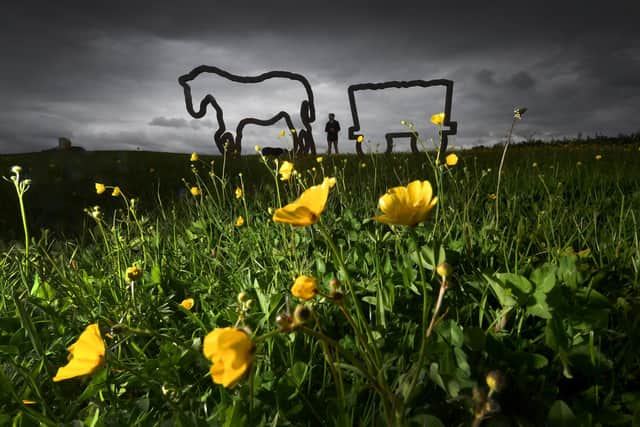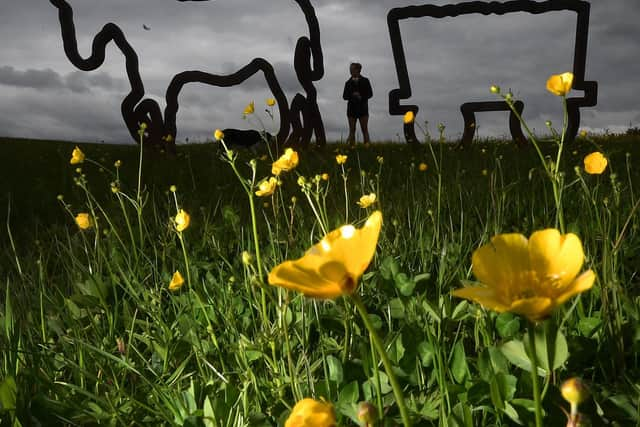Breath-taking pictures capture buttercups surrounding sculptures of unsung mining heroes
and live on Freeview channel 276
The artwork called Dreaming of Sky at Kiveton Community Woodland, was created by local artist Adam Reynolds.
The cast iron piece stands close to the viewpoint near the summit of what was the Kiveton Park Colliery spoil heap, which has been landscaped and transformed into the centrepiece of Kiveton Community Woodland following the closure of the colliery.


Advertisement
Advertisement
Pit ponies were mainly used in the 1800s and early to mid-1900s, according to the National Coal Mining Museum.
The majority worked underground and the smallest ponies worked with miners called putters or trammers.
They would take full tubs of coal to a collecting point called the 'flats' and from there transport the empty tubs back to the coal face.
Ponies were also used to transport supplies such as tools, equipment or items needed for repairing parts of the mine.


Advertisement
Advertisement
Various horse and pony breeds were used in coal mines, including: Highland, Galloway, Shetland, Fell, Dartmoor, New Forest, Dales, Welsh Cob, Exmoor and Dartmoor.
Larger breeds such as Clydesdale and Shires provided bigger horses for work on the surface.
The man in charge of the ponies underground was known as an ostler or horsekeeper, who had a good knowledge of both horses and mining and would be responsible for the welfare of ponies at all times.
This included grooming and feeding the horses, and checking them for any injuries and ailments after their shift.
Advertisement
Advertisement
The Kiveton Park Colliery Company was founded in 1873 and Kiveton Park and Sherwood collieries were amalgamated in 1928.
